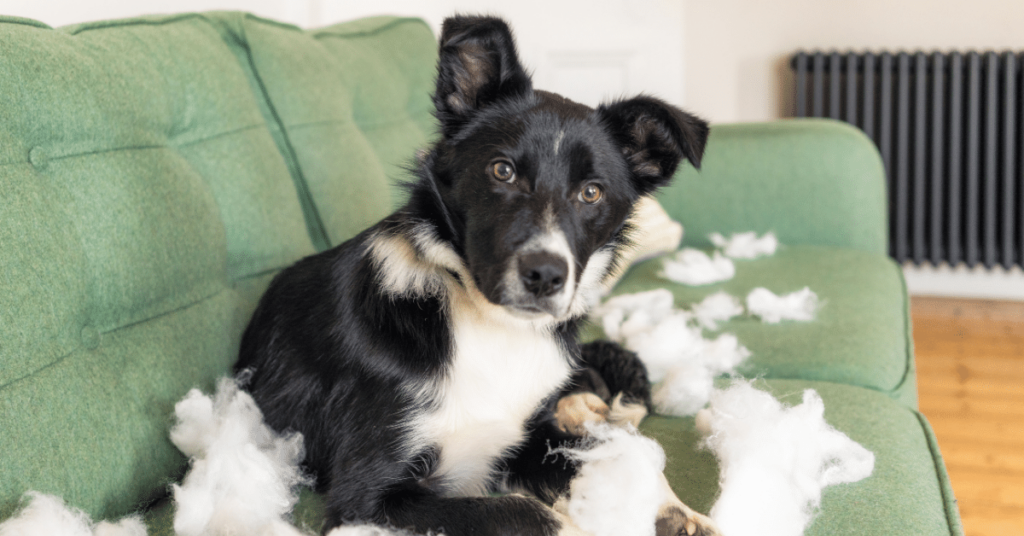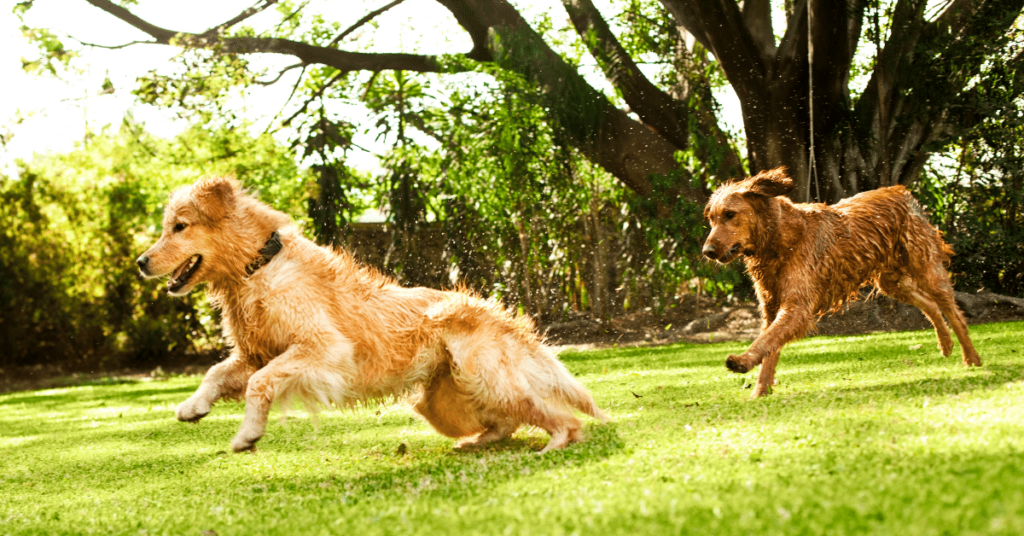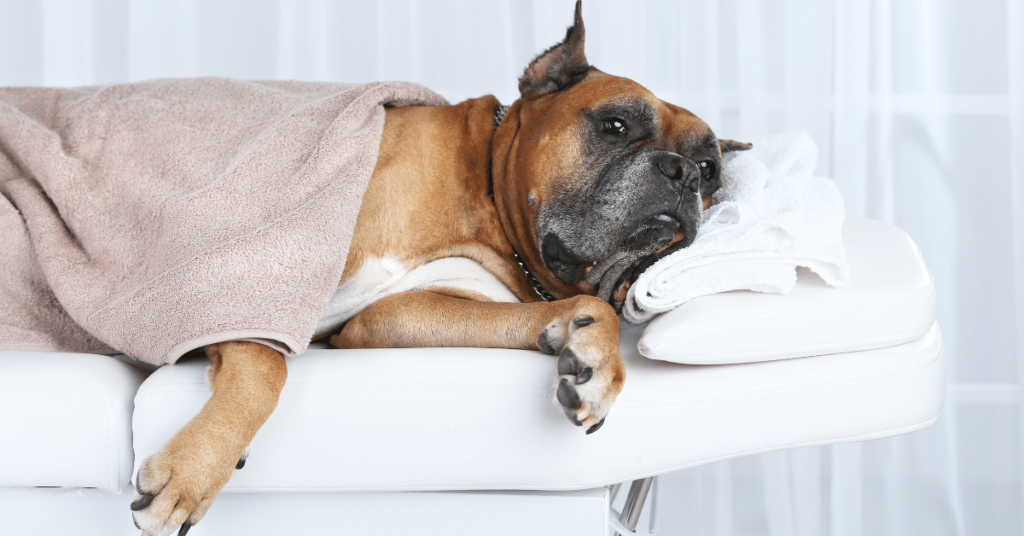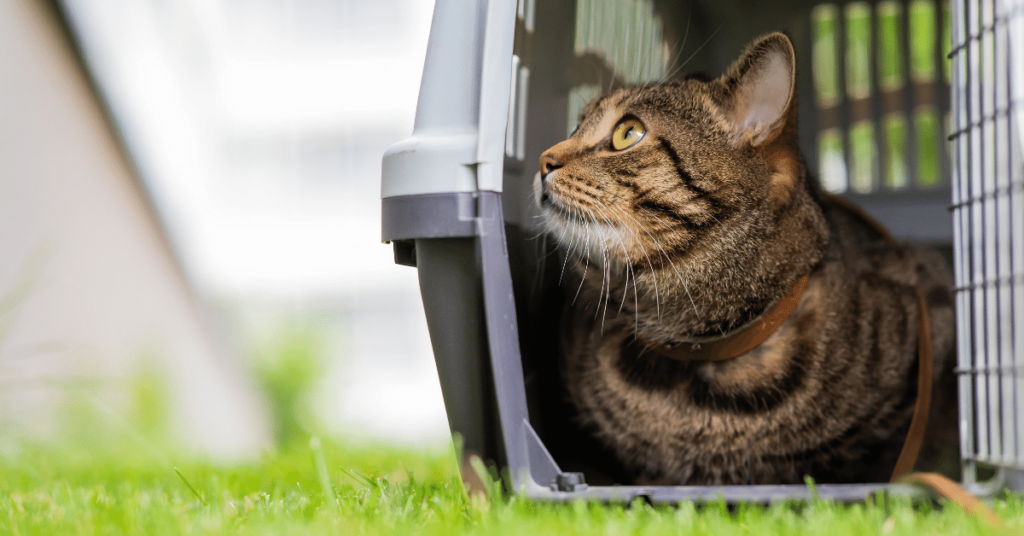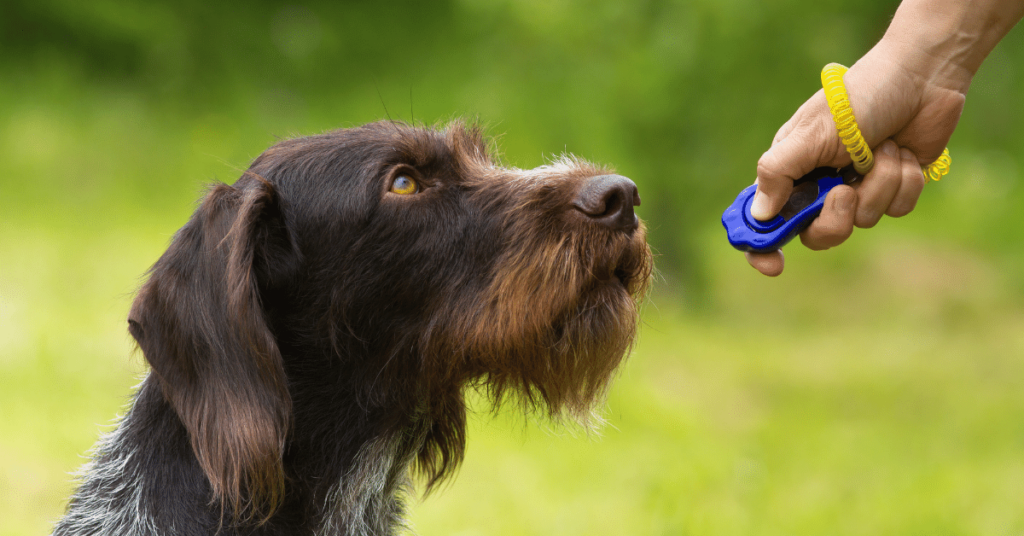Understanding Separation Anxiety in Pets
Separation anxiety is a common issue that many pets experience when their owners leave them alone. This can lead to stress and anxiety for both the pet and the owner. It’s important to understand the symptoms and causes of separation anxiety in order to effectively deal with it.
Recognizing the Symptoms
Pets with separation anxiety may exhibit a variety of symptoms when left alone. These can include excessive barking or meowing, destructive behavior such as chewing furniture or scratching walls, house soiling, pacing, excessive drooling, or even attempting to escape. It’s important to note that these symptoms may also be signs of other underlying issues, so it’s crucial to consult with a veterinarian to rule out any medical conditions.
Common Causes of Separation Anxiety
Separation anxiety can be triggered by a number of factors, including changes in the pet’s routine or environment, a traumatic experience, genetic predisposition, or even the owner’s own anxiety. Understanding the root cause can help in developing an effective treatment plan.
Tips for Managing Separation Anxiety
Gradual Introductions
If you have a new pet or if you’re introducing a pet to a new living situation, it’s important to gradually acclimate them to being alone. Start with short periods of alone time and gradually increase the duration over time. This will help your pet feel more comfortable and less anxious when left alone.
Establish a Routine
Pets thrive on routine, so establishing a consistent schedule can help reduce anxiety. Set regular times for feeding, walks, playtime, and alone time. This will create a sense of predictability and stability for your pet, making it easier for them to adjust to being alone.
Create a Calm Environment
Creating a calm and safe environment for your pet can help reduce anxiety. Provide a designated space with comfortable bedding, toys, and familiar scents. Consider using calming aids such as pheromone diffusers or classical music specifically designed to relax pets.
Positive Reinforcement
Using positive reinforcement techniques can help reinforce positive behaviors and alleviate anxiety. Reward your pet with treats, praise, and affection when they exhibit calm behavior or successfully cope with being alone. This will help them associate being alone with positive experiences.
Interactive Toys and Puzzles
Providing your pet with interactive toys or puzzles can help keep them mentally stimulated and distract them from feeling anxious. These toys can provide entertainment and relieve boredom, ultimately reducing separation anxiety.
Seek Professional Help if Needed
In some cases, a professional trainer or behaviorist may be necessary to help manage severe separation anxiety. They can provide guidance, behavior modification techniques, and additional support for both you and your pet.
Summary
Dealing with separation anxiety in pets can be a challenging process, but with patience, consistency, and the right approach, it is possible to help your pet overcome their anxiety and adjust to being alone. By understanding the symptoms, causes, and implementing the tips mentioned above, you can create a smooth transition for your pet and alleviate their separation anxiety. Remember to consult with a veterinarian or professional if needed to ensure the best possible outcome for your furry friend.

